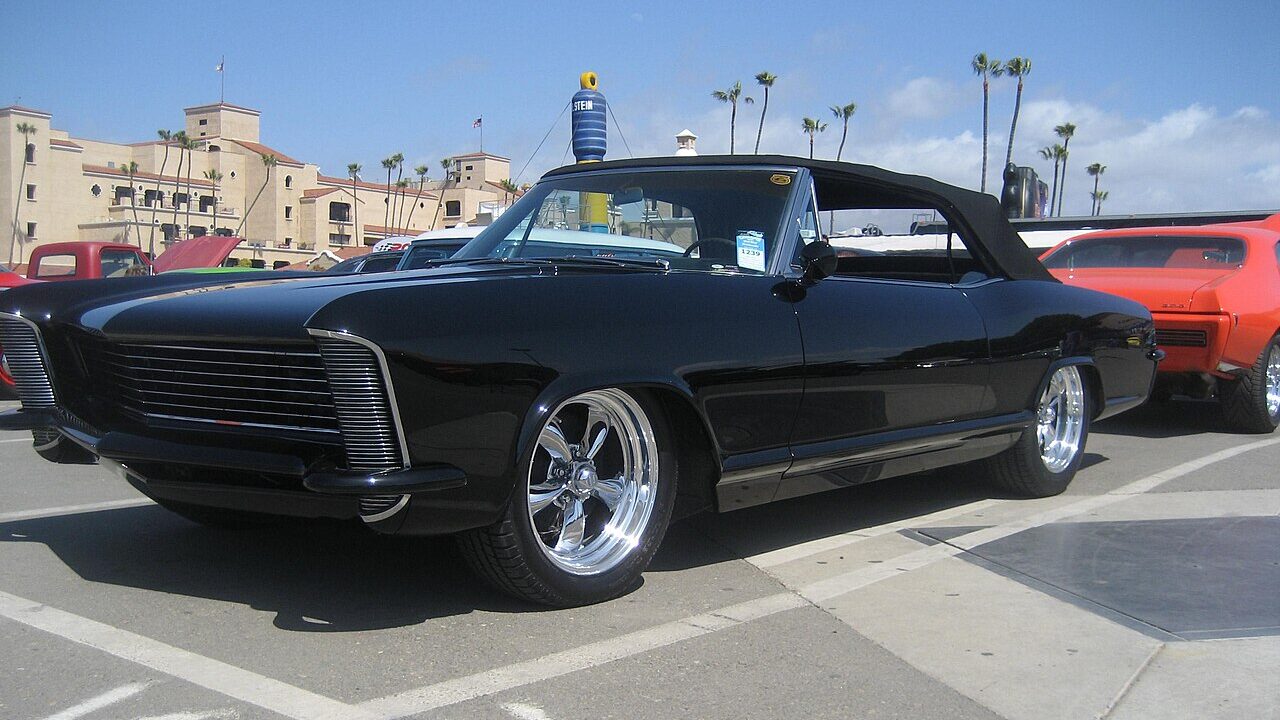
Car enthusiasts tend to focus on Italian and British cars when discussing the most beautiful models, with the Jaguar E-Type and some precious Italian exotics taking all the glory, but there are many American models that deserve to be mentioned.
Granted, beauty is in the eye of the beholder, but I think the cars found in this article are among the finest-looking American machines ever made. I don’t really care if they’re slow or unreliable, because that’s how good-looking they are. After all, it’s not important whether you win or lose; it’s all about how you look while playing the game.
1967 Shelby Cobra 427
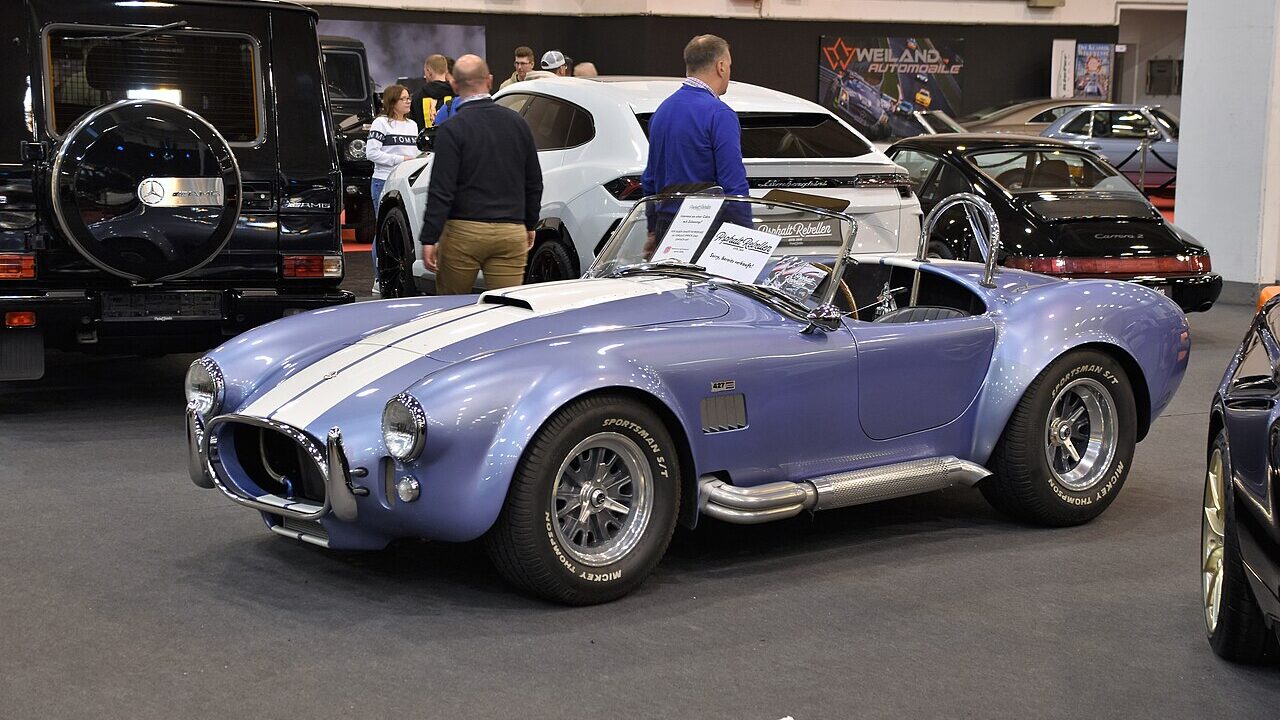
The Shelby Cobra 427 still looks as fresh today as it did in the late 1960s. It lures in car enthusiasts with its beautifully curved body, but under those stunning looks lurks a proper hairy-chested sports car that’s not for the faint of heart.
The Cobra isn’t exactly practical, but according to Hagerty, what this superlight machine lacks in practicality, it makes up for in sheer power. Under its curvaceous hood is a mighty 7.0-liter V8 engine that sends 425 wild horses to the rear wheels, meaning it was a proper hot rod straight from the showroom floor. Real Shelby Cobras are ridiculously expensive these days, but luckily, there are plenty of replicas out there, and they look just as good.
Chevrolet Corvette C1
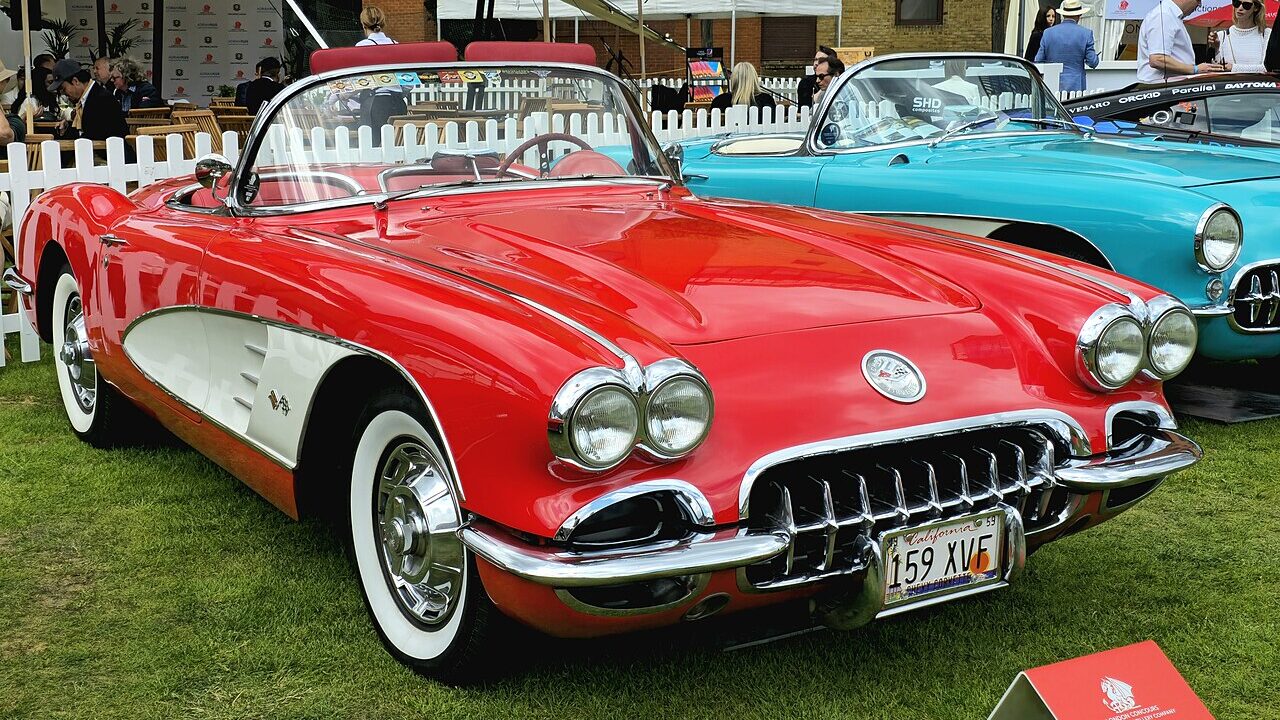
As reported by Car and Driver, when Chevrolet first released the Corvette in 1953, it was only available with an inline-six engine that didn’t live up to the expectations set by the car’s beautiful design. Luckily, Chevy came to its senses in 1955 and finally dropped a V8 under the Vette’s hood.
In my opinion, the later first-gen Corvettes made from 1958 are the best-looking ones, as they look much more aggressive with the quad headlights.
Chevrolet Corvette C2
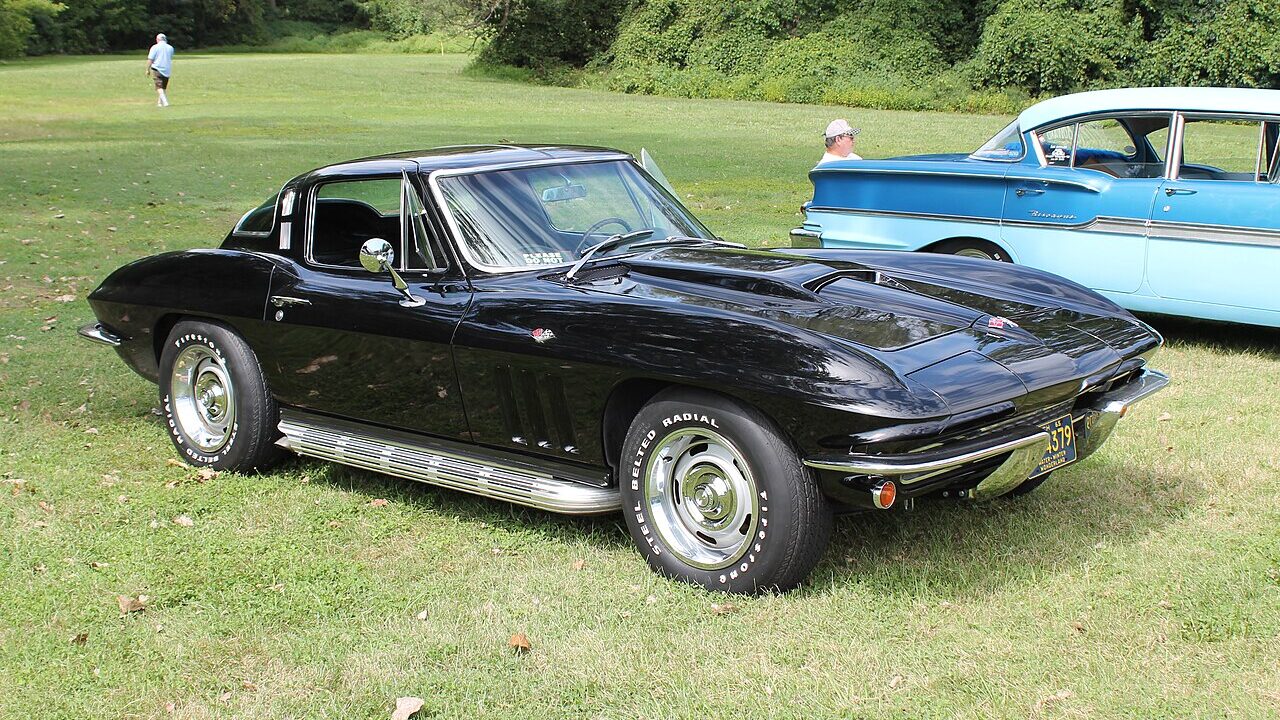
Following the first-generation Corvette was not going to be an easy task, but the second-gen ‘Vette crushed it. It was smaller than its predecessor, and the iconic quad headlights were now gone, as the C2 introduced pop-up headlights — one of the coolest car features to ever exist!
The split window model that was only sold in 1963 is among the most sought-after Corvettes today. While the rear vision may have been obstructed, it worked wonders for the C2 Corvette’s overall design.
Ford GT40
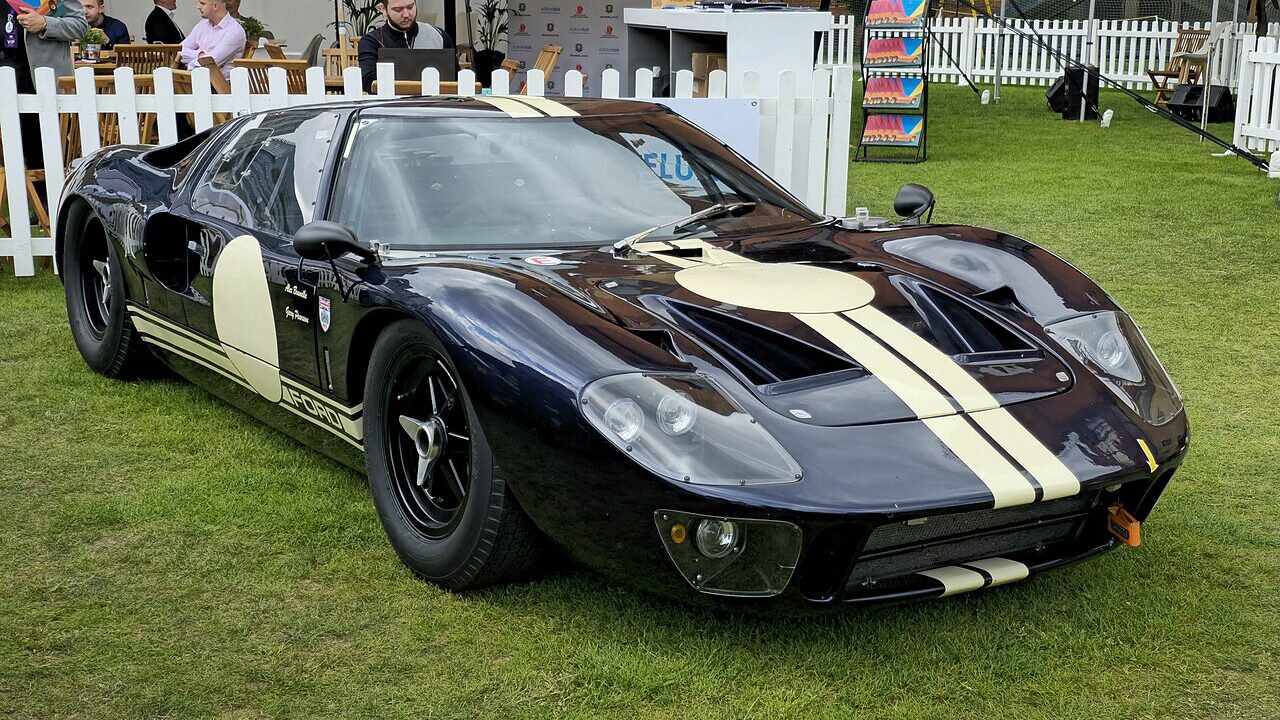
If you’ve watched the Ford v Ferrari movie, you already know the story, but let’s do a quick recap. In the 1960s, Ford tried to buy Ferrari, but the Italian carmaker pulled out of the deal at the last second, having used Ford to get Fiat to pay more. Henry Ford II became obsessed with destroying the Italians at the 24 Hours of Le Mans. The GT40 was the car that ended Ferrari’s dominance at the French racetrack.
The Ford GT40 was built on a Lola chassis, and it was not only fast, but it looked amazing as well. Combining a European chassis with American muscle proved to be a winning strategy, and the beautiful GT40 would later serve as an inspiration to two modern-day Ford GT generations.
Chrysler Airflow
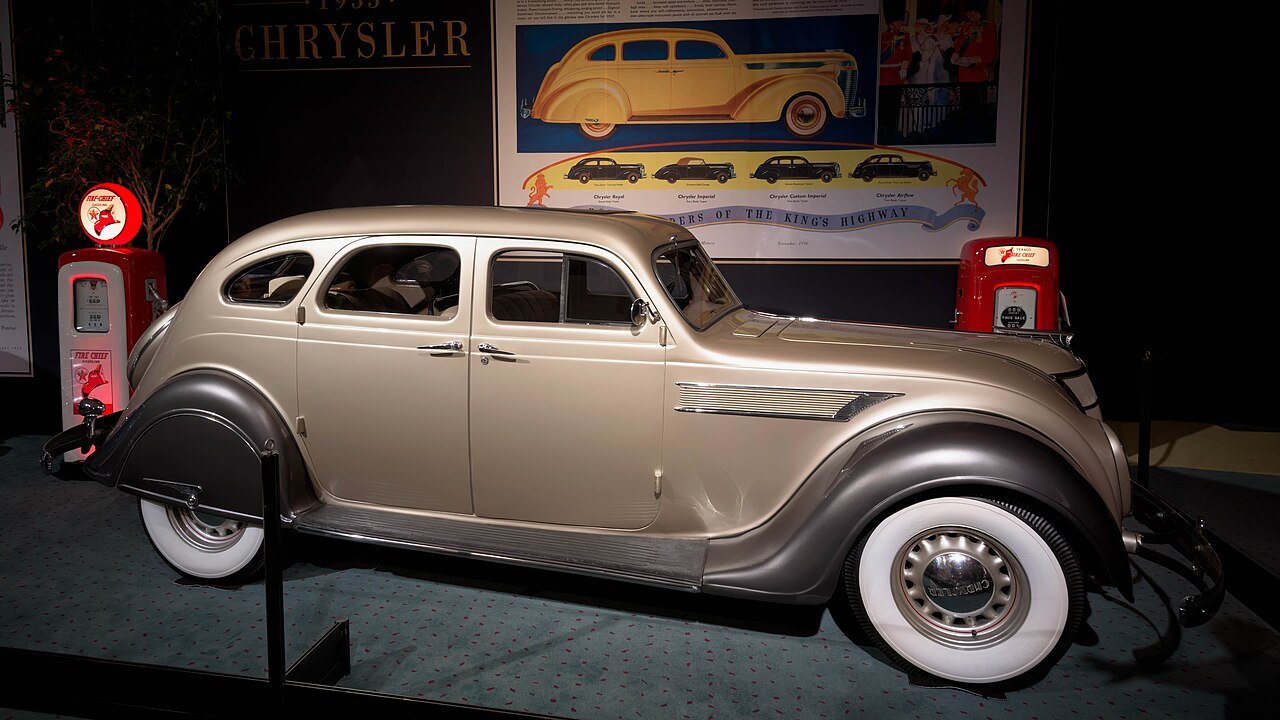
Chrysler introduced the beautiful Airflow in 1934, and it proceeded to flop spectacularly. Apparently, people didn’t like the way it looked, so practically nobody bought it. These days, however, we really appreciate the Chrysler Airflow’s design, both because it’s stylish and due to the fact that it was so far ahead of its time.
It had near-perfect weight distribution with passengers in the cabin, the sleek, aerodynamic body helped lower fuel consumption, and its construction was a forerunner of the modern unibody cars. Chrysler recently wanted to revive the Airflow name for an electric SUV (of course), but Motor1 reports that those plans have been scrapped.
1957 Chevrolet Bel Air
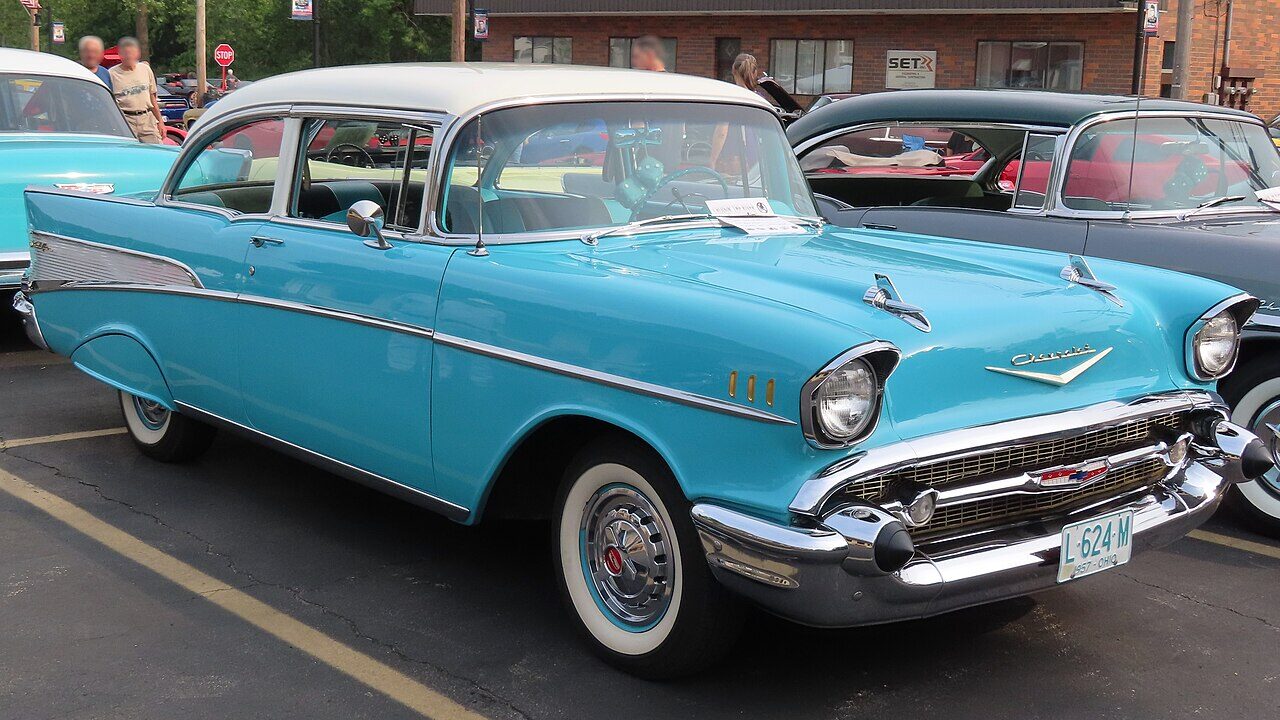
Few American cars are as iconic as the 1955-57 Chevrolet Bel Air. It was available in multiple body styles, but the two-door models are the cream of the crop. Interestingly, it wasn’t just the Coupe and Convertible models that were available with two doors. Even a station wagon, sold as the Nomad, had a stylish 2-door design. The 2nd-gen Bel Air was the first Chevrolet to offer customers air conditioning, which became standard on the model in 1957.
Over the years, the Bel Air has made numerous appearances in movies and TV shows, most notably in the 1973 cult classic American Graffiti.
1956 Studebaker Golden Hawk
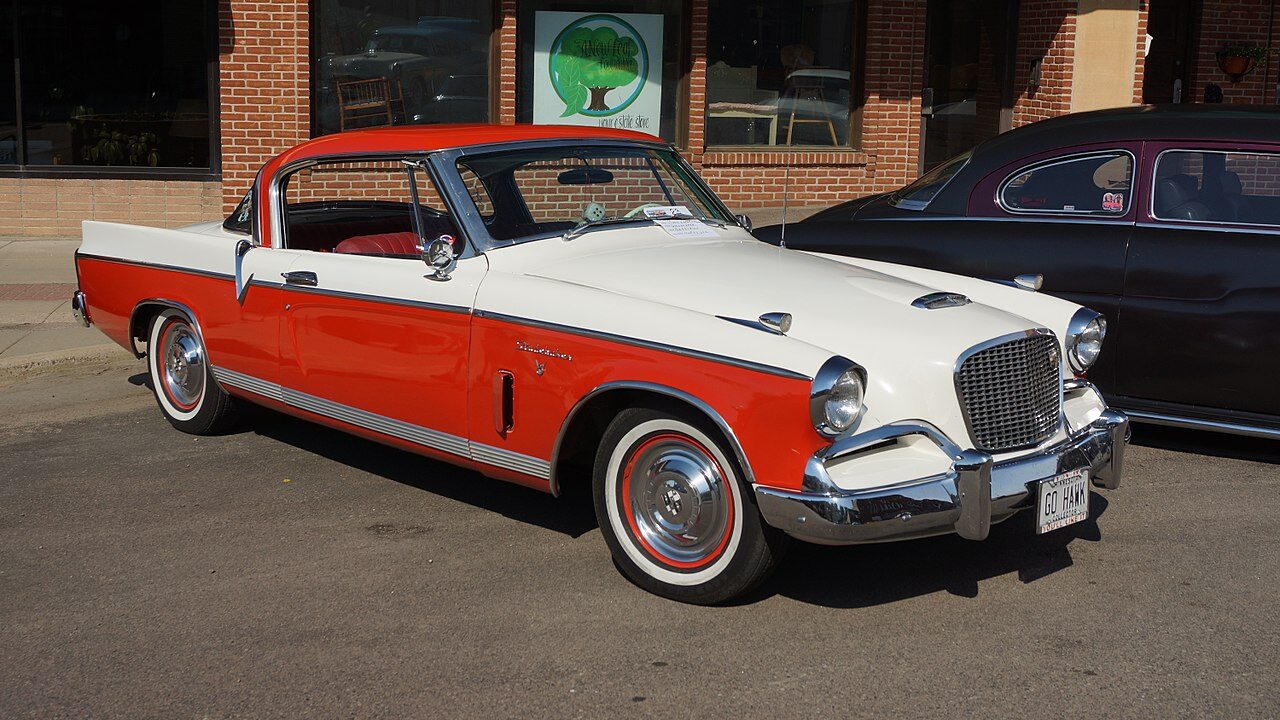
Once upon a time, Studebaker was among the biggest names in the American car industry. In 1967, its doors were closed for good, and these days, most people have forgotten about the stylish cars that rolled off its production line.
One such car is the Golden Hawk, which embodies everything that makes American classics so great. It was available in colors other than gold, but no matter which color the buyer went with, it had a white accent on the tail fins. Unlike many other American classics from this era, Studebaker showed some restraint and didn’t go overboard with the chrome.
1957 Chrysler 300C
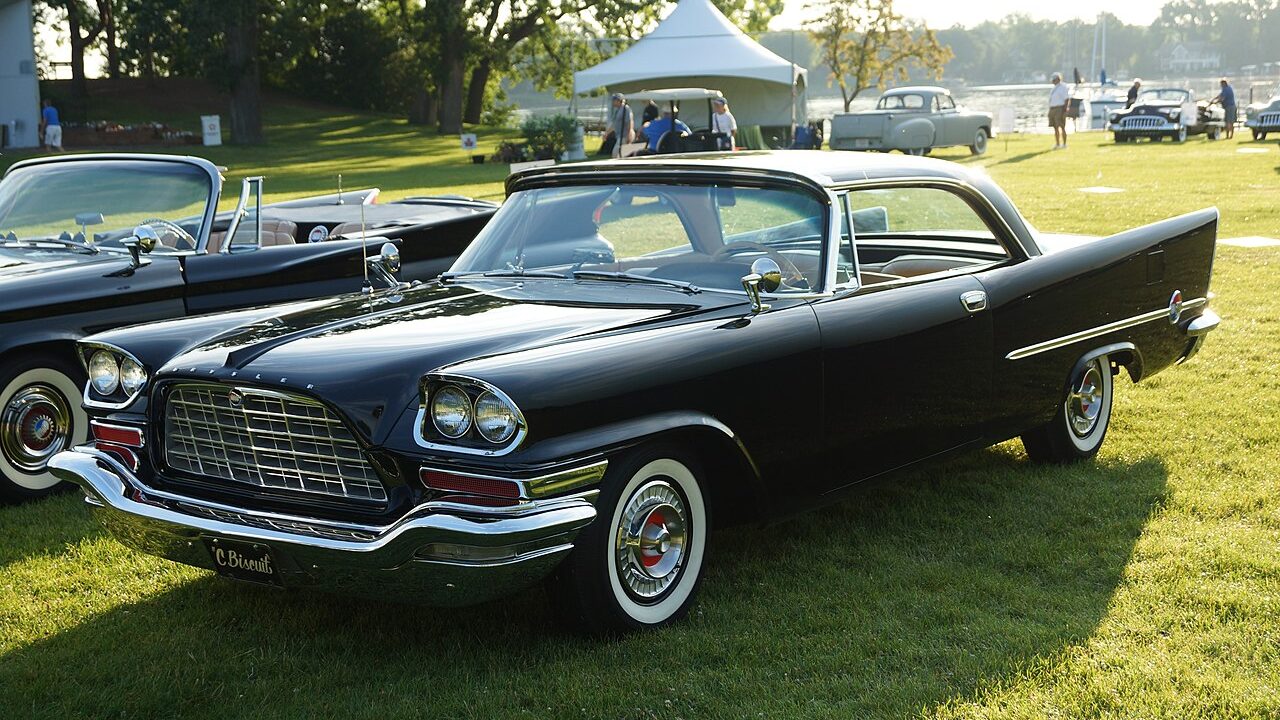
Chrysler has used the 300 moniker for decades, but other than the sinister-looking modern-day version, we think the 300C from 1957 is the best-looking one. Incidentally, it also looks as mean as its modern namesake.
With its quad headlights, angry-looking grille, and gradually rising wings, it does not look like it wants to be messed with. Under its hood, there was a 375-horsepower 392 Hemi engine, so it didn’t just look mean, it packed a punch as well.
1959 Cadillac Eldorado
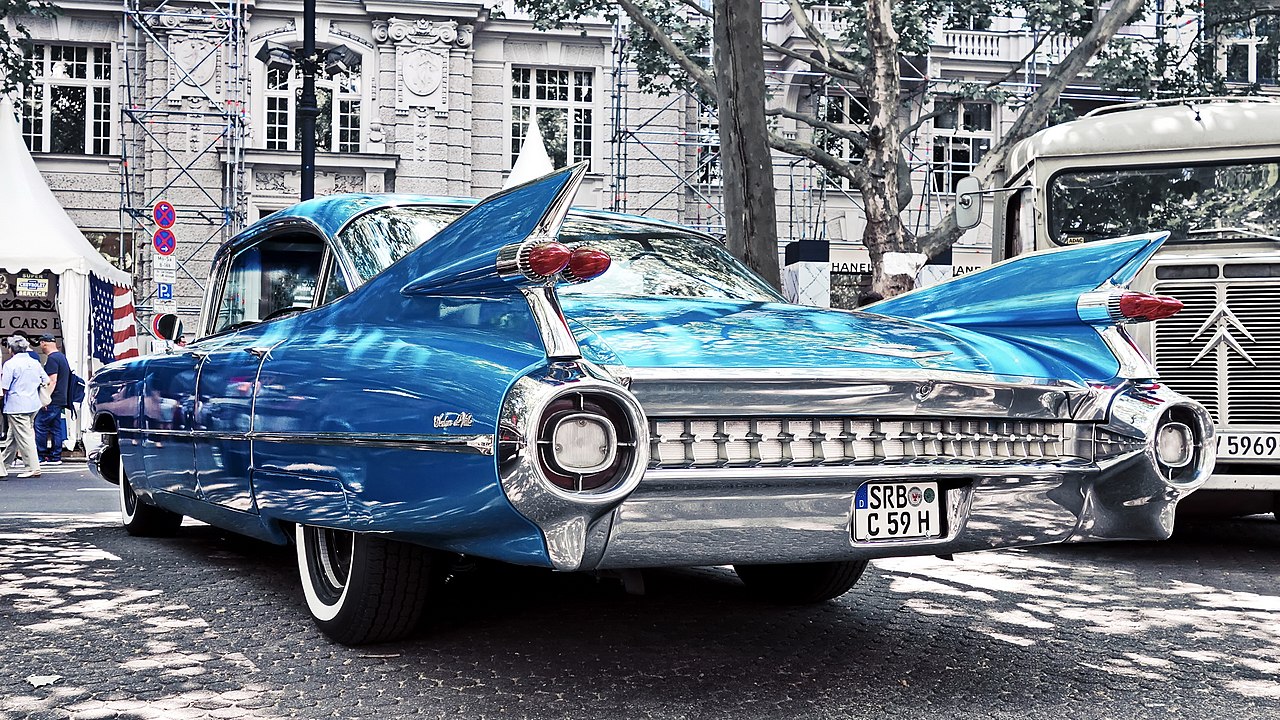
The iconic ‘59 Cadillac Eldorado is famous for its large tailfins and dual bullet tail lights. Its design was more extravagant and lavish than anything else available at the time. Its name hints at its opulence, as it’s a mix between two Spanish words that translate into “the golden one” and “Lost City of Gold.”
The Eldorado is a massive land yacht designed to draw stares from envious traffic users. It’s certainly not among the most practical vehicles to drive in the city, but who cares when you can cruise around with this much style?
1961 Lincoln Continental
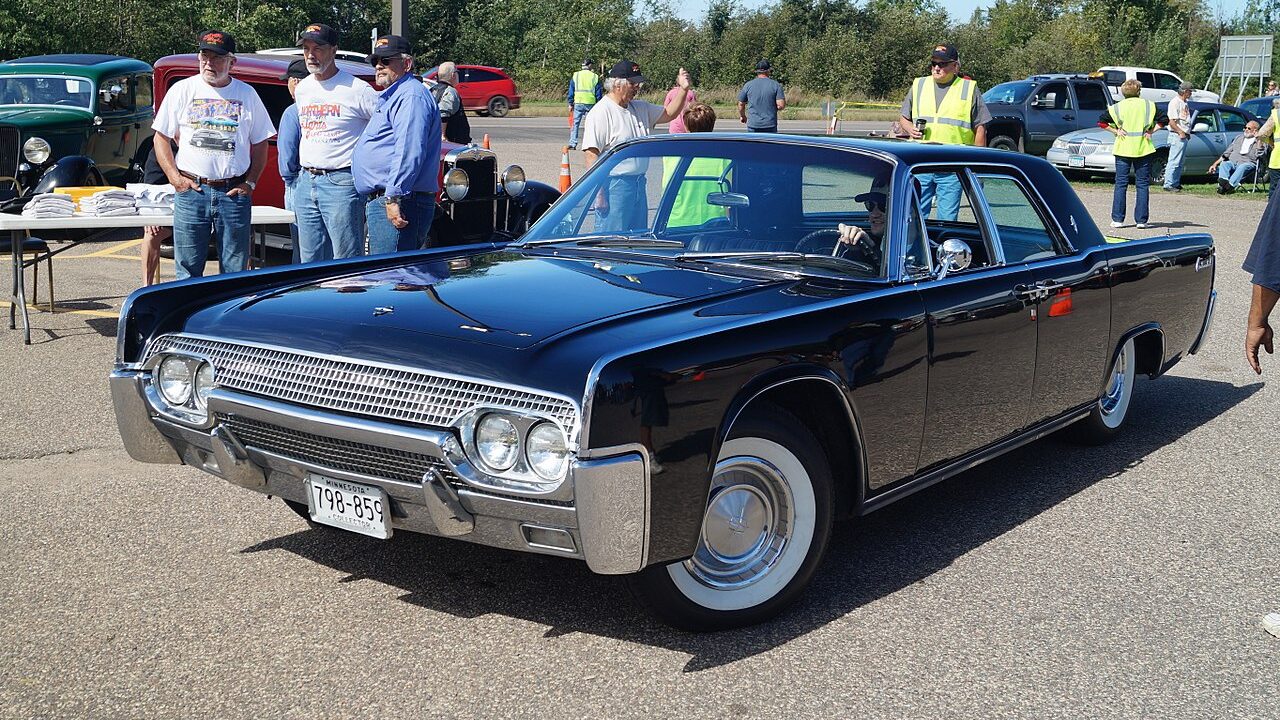
Lincoln was established in the 1920s as Ford’s luxury division, and the Continental made its first appearance in 1939. My pick of the litter would be the 1961 Lincoln Continental, as this massive land yacht has a sleeker, more understated design than its predecessor, and it’s the only year with that front-end.
The fourth-generation Lincoln Continental saw production from 1961 to 1969, with a couple of revisions along the way. While it didn’t become more stylish with time, it did gain other updates and improvements.
1965 Buick Riviera Gran Sport
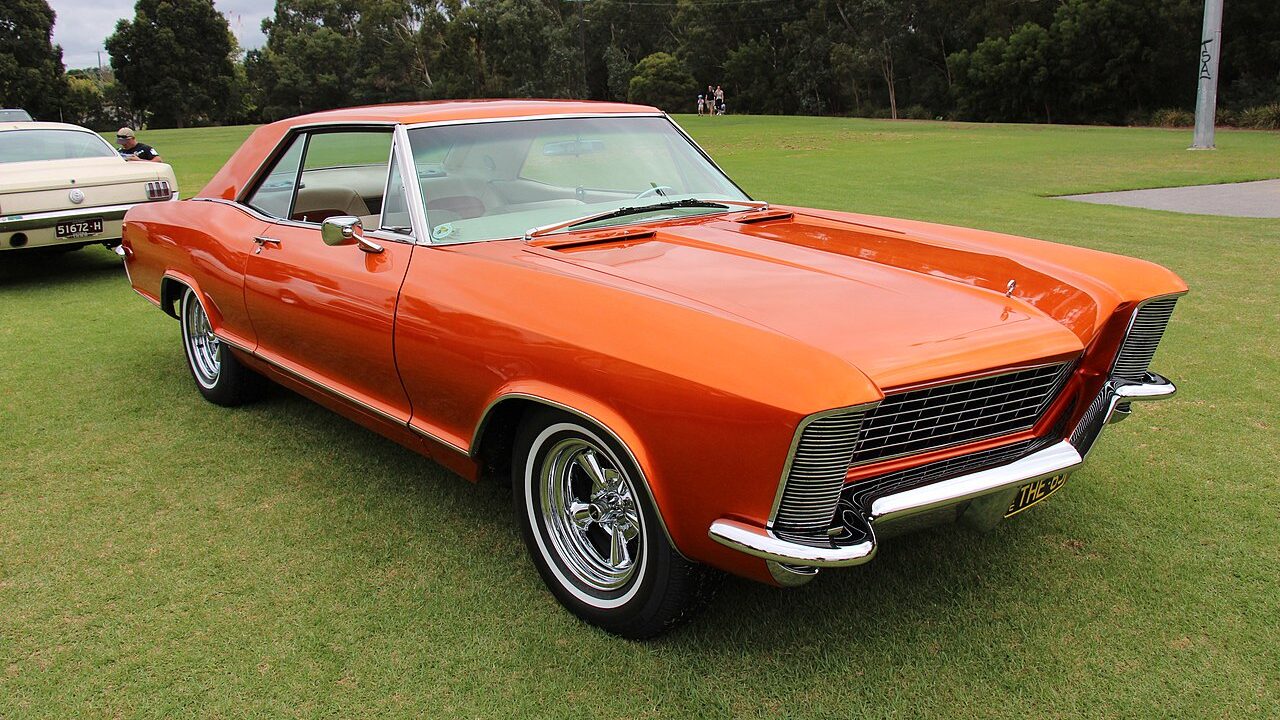
We can’t make a list of the best-looking American cars and not include the famous 1971 Buick Riviera personal luxury car. This was another behemoth from the American car industry’s glory days, and it packed more style and comfort than you can shake a stick at.
The 1965 Buick Riviera Gran Sport had a 360-horsepower Super Wildcat V8 engine under the hood, ensuring that it lived up to the promises made by its imposing exterior. Its vertical headlights were hidden behind clamshell doors in the fenders, a black vinyl roof was optional, and the taillights were moved from the body to the rear bumper.
1955 Ford Thunderbird
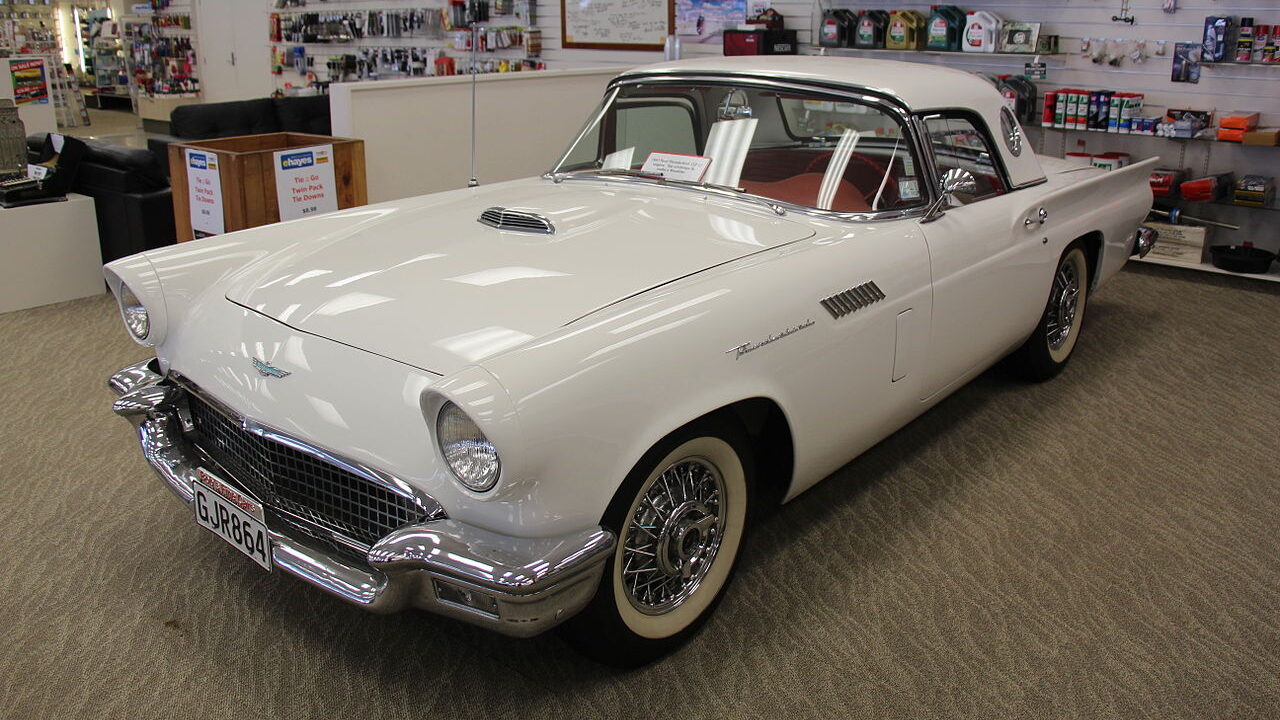
When Chevrolet revealed the Corvette in the early 1950s, the Bow Tie brand immediately had a leg up on the Blue Oval. A couple of years later, Ford had an answer in the form of the 1955 Thunderbird.
The Thunderbird had much sleeker and sportier styling than other Fords of that era, but it did share some of the same design language, such as single headlights and small tail fins. Car enthusiasts and automotive journalists both loved the Thunderbird’s styling, and it went on to outsell the Corvette by more than 23-to-one in its first year.
1936–37 Cord 810 / 812
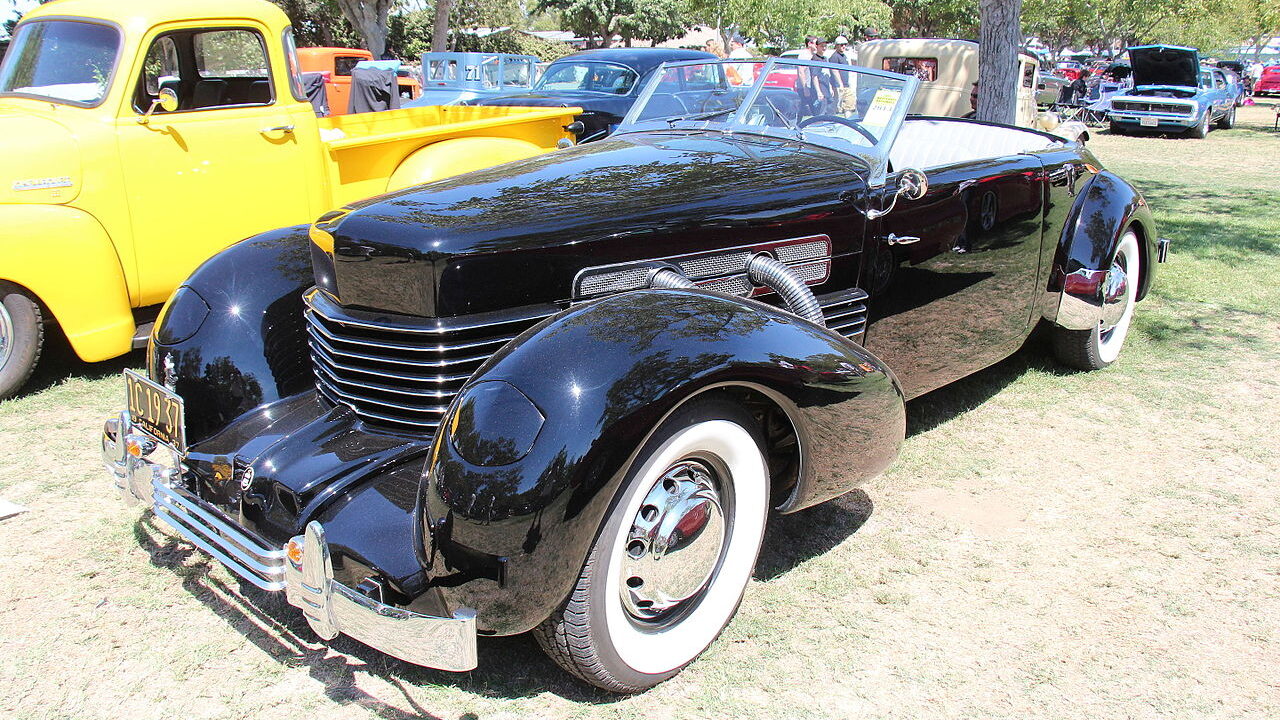
Heading back to the 1930s, the Cord 810 must’ve been one of the scariest-looking cars of that era. It wasn’t covered in chrome like most luxury cars, and in all-black paint, it looked particularly sinister.
At the front, it had a horizontally louvered wraparound grille that earned it the nickname “coffin nose.” On either side of the nose, there was a wide pontoon fender with hidden headlights. The Cord 810 also had a long list of revolutionary solutions and technology, making it one of the most impressive models of the late 1930s.
Classic Stunners
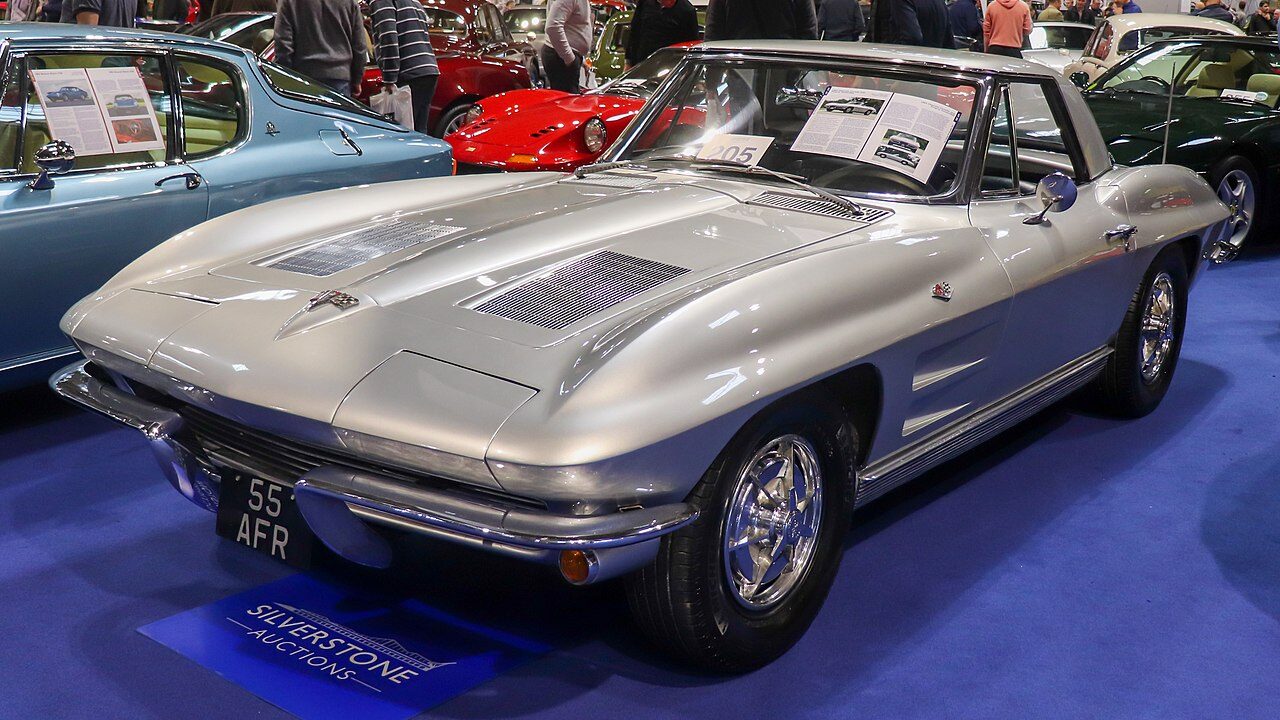
This article barely scratches the surface in terms of good-looking American classic cars, but these stunners certainly belongs in every serious collector’s garage.
Let us know in the comments which classic American cars you would like to own, and feel free to follow us on Facebook for more classic car content.





